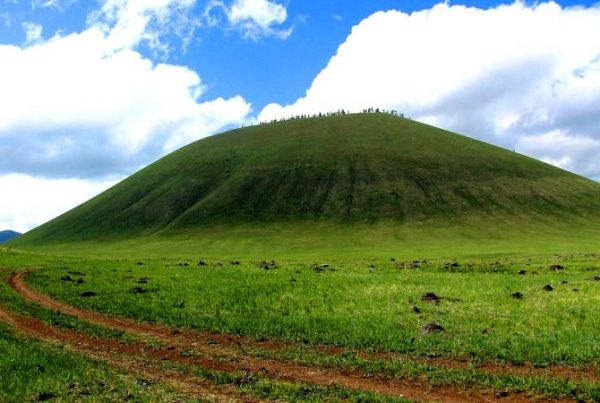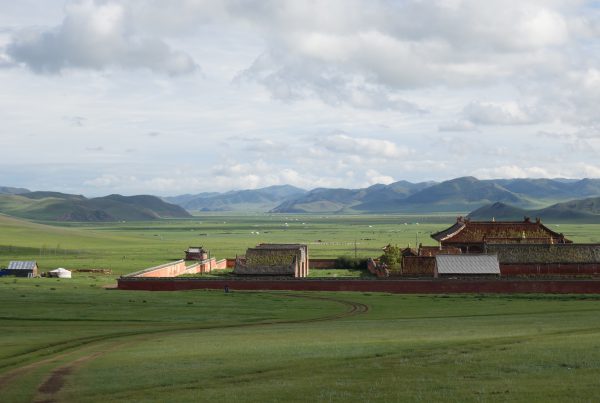Discover the Reindeer Herders of Mongolia – A Journey to the Tsaatan Community
Venture into the remote northern reaches of Mongolia and experience the extraordinary life of the Reindeer Herders Mongolia, one of the last remaining nomadic reindeer herding cultures in the world. Living deep in the taiga forests of the East and West Taiga, the Tsaatan (also known as Dukha) maintain their centuries-old traditions while herding domesticated reindeer across Mongolia’s rugged northern landscapes.
Where the Reindeer Herders Mongolia Live
The Tsaatan community is split between two key regions: the East Taiga (Zuun Taiga) and West Taiga (Baruun Taiga). Both areas are accessible via Tsagaan Nuur village, the last major settlement before entering the taiga. The nearby White Nuur village lies between these regions and serves as a central gathering point for the community.
Travelers seeking to visit Reindeer Herders Mongolia typically start their journey in Tsagaan Nuur and continue by horse or vehicle into the taiga. The landscape transforms dramatically along the way—from open steppe to dense forest-taiga ecosystems, offering a rich experience of Mongolia’s natural diversity.
Exploring the West Taiga – Rugged and Remote
The West Taiga lies about 20 km west of Tsagaan Nuur, accessible by vehicle or horseback until the edge of the Harmae valley. From there, horseback travel is required to reach the deeper camps. This region features steep forested mountains, rocky ridges, and challenging rivers, some of which may be impassable during certain seasons.
Over 20 Tsaatan households live in the West Taiga, often moving in small family groups of 1 to 10 households. Camps are spread across the region, with distances ranging from 10 to 40 km from the taiga’s edge. The remote nature of the West Taiga makes it an ideal destination for travelers seeking authentic cultural encounters and off-the-beaten-path adventures.
Discovering the East Taiga – Crossing the Shishged River
The East Taiga, located northeast of Tsagaan Nuur beyond the Hogruk Valley, offers a different but equally captivating experience. Reaching this area involves a 30 km journey from the Tsagaan Nuur Visitor Center toward Hogruk, and then crossing the Shishged River.
During warmer months, a ferry operated by a local family helps visitors cross the river. In winter, when the river freezes, travelers may be able to cross on ice—though extreme caution and guidance from local experts is essential due to hazardous conditions.
The East Taiga straddles the Mongolian-Russian border and showcases diverse terrain ranging from forested peaks to lush valleys. Travel conditions can become muddy and unpredictable. This is especially true during the warmer months. As a result, horseback travel is the most reliable way to reach most Tsaatan camps. These camps are located between 6 to 40 km from the edge of the taiga. More than 18 Tsaatan households reside in the East Taiga, typically grouped into two extended families.
Plan Your Journey to the Reindeer Herders Mongolia
Visiting the Tsaatan Reindeer Herders Mongolia is more than just a cultural tour. It’s a journey into a sacred and fragile way of life. Generations of Tsaatan families have sustained this lifestyle through their nomadic knowledge and traditions.
You might ride through the pristine taiga, cross icy rivers, or share tea inside a reindeer-skin tent. Each moment offers a powerful connection to nature and cultural heritage.
To ensure a responsible and meaningful visit, always consult with local guides in Tsagaan Nuur. Travel with respect for the land and the traditions of the Tsaatan community.
Book your expedition today and explore the ancient way of life of Mongolia’s Tsaatan reindeer herders. Ideal for eco-tourism, cultural immersion, and adventurous travel in Northern Mongolia.



